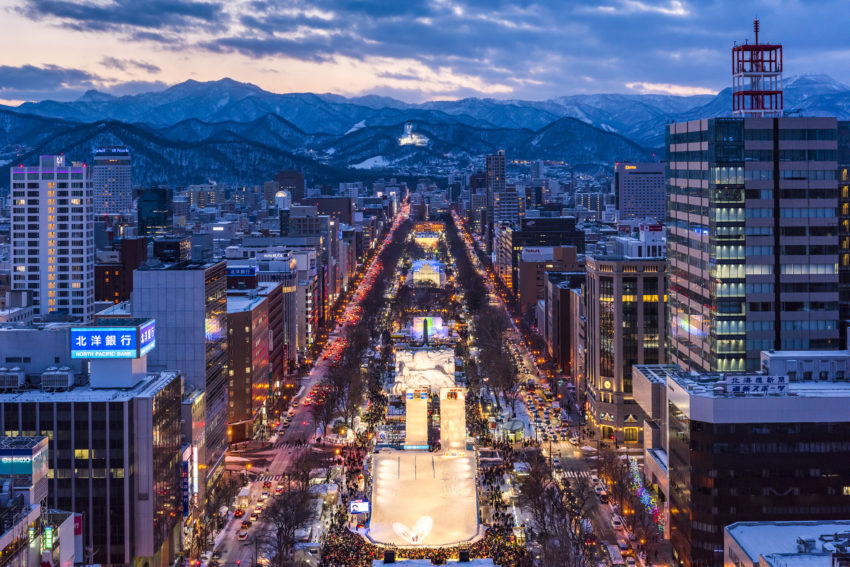The capital of the northern island and prefecture of Hokkaido and the fifth-largest city in Japan, Sapporo gained international prominence when it was chosen as the host to the Winter Olympic Games in 1972. Since then, it has gone from strength to strength, and not only in the sports field or because of its breweries. When it comes to association congresses indeed, Sapporo has many assets up its sleeves, starting with a wealth of knowledge in many areas of endeavours, as well as all the facilities you can expect in a fast-growing environment.
Knowledge Hub
With academic institutions of global fame leading in the fields of geosciences, organic chemistry, agriculture, forestry, energy, medicine, pharma, animal behavior and veterinary sciences, Sapporo’s unique and rich natural environment has a lot to offer when it comes to the value of a meeting.
Hokkaido University, for instance, is one of the top universities in Japan that conducts world-leading education and research. Found in 1876 as Sapporo Agricultural College, it now consists of 12 Undergraduate Programs, 21 Graduate Schools, 4 Research Institutes, 3 Research Centers, 10 Joint Research Centers, and a University Hospital with Medical and Dental Departments.
Among the university’s awards and achievements is the Nobel Prize in Chemistry, won by Professor Emeritus Akira Suzuki in 2010. One of the university’s recent projects is the Global Institution for Collaborative Research and Education (GI-CoRE), a faculty organisation that brings together world-class teaching staff from around the world. The program’s aim is to promote international collaborative research and education that leverages the University’s strengths and distinctive features, and to provide support for international collaborative research.
Collaboration is key
This drive for collaboration was particularly obvious when Sapporo Convention Center hosted the 5thInternational Wildlife Management Congress in July 2015, which brought together 1,400 participants from 46 countries and regions. Initiated by the Mammal Society of Japan (MSJ) in partnership with the Wildlife Society (TWS), the goal of the Congress was to enhance global sustainability and the conservation of wildlife, as well as to recommend improved international models based on the latest interdisciplinary wildlife research. Due to its unique natural environment, Sapporo has, for many years indeed, been introducing many exemplary practices in wildlife management and human dimension studies.
The legacy component of the Congress was impressive. If delegates and citizens joined forces for a good cause, clearing out and cutting down thickets and tall grass along Toyohira River, Rakuno Gakuen University and Sapporo City Government signed, on the occasion of the conference, an Agreement on Policy Proposals on Biodiversity. Thanks to this, research activities on alien species countermeasures and wildlife management discussed at the event are still continuing to this day.
The Congress also provided an important opportunity to discuss and come up with solutions for some of the serious wildlife-related issues that Sapporo was facing, such as the increasing appearance of brown bears and dears in urban areas. An open symposium on the topic was held for the public, which helped to increase the awareness of the issue, the city’s ecosystem and the importance of the wildlife preservation among the citizens. The younger generation was not left out either, as a special symposium on wildlife management and preservation was organised for junior-high and high school students from all parts of Japan during the conference.
This article was written by Boardroom Chief Editor Remi Deve (editor@boardroom.global)
